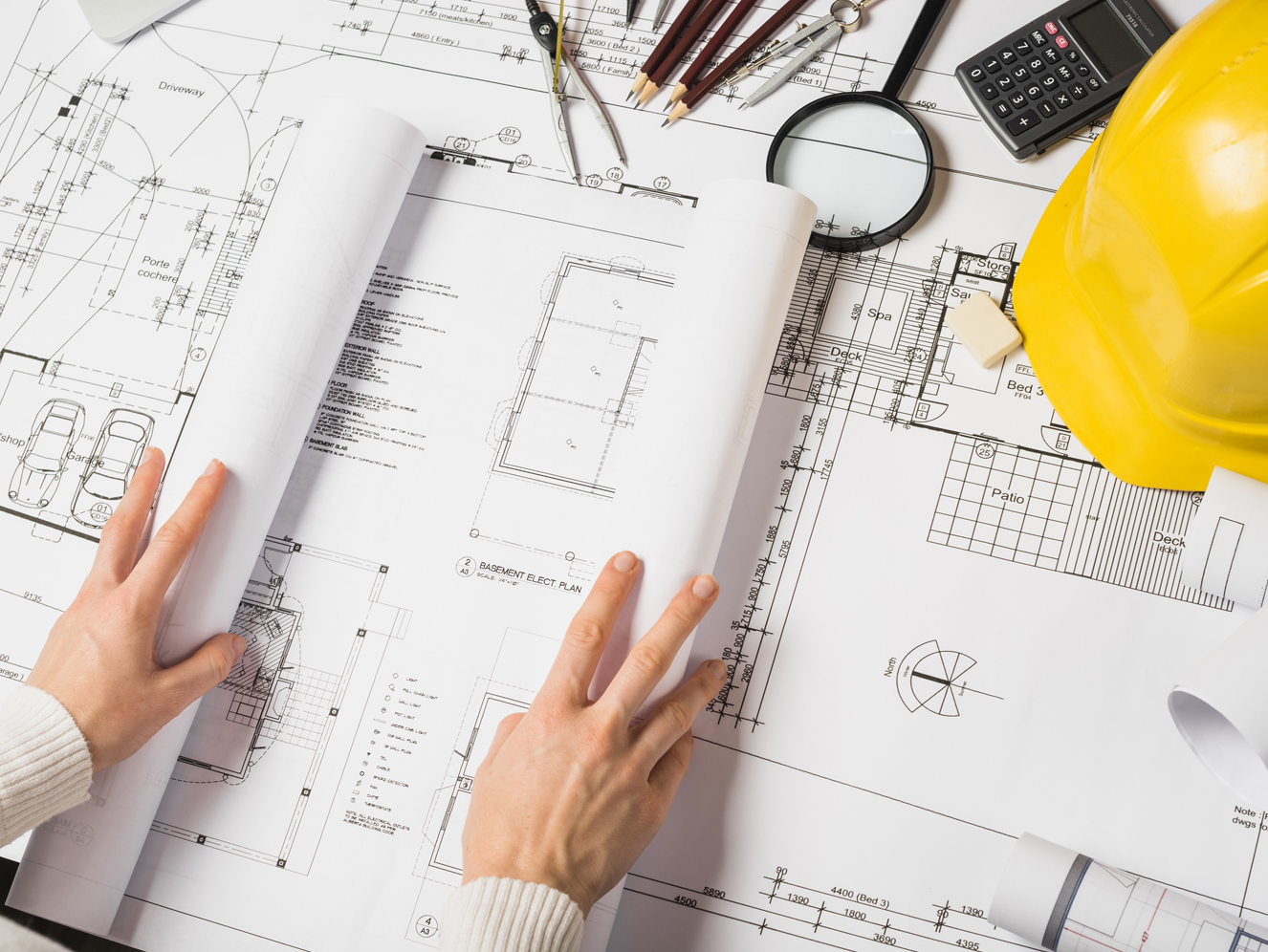Design plays a crucial role in the success of any construction project, influencing aspects such as the structure’s aesthetics, functionality, safety, and environmental impact. A well-thought-out design sets the stage for efficient building practices, reduces project costs, and ensures that the final result meets the occupants’ needs and desires.
1. Enhancing Functionality and Usability
Good design in construction ensures that buildings and spaces serve their intended purpose efficiently. When designers and architects work closely with clients, they can tailor each aspect to maximize usability, considering factors like traffic flow, lighting, and layout. For instance, a well-designed office space improves productivity by optimizing employee interaction and creating an ergonomic work environment.
2. Promoting Sustainability
Sustainable design is becoming a priority as construction accounts for a significant portion of global carbon emissions. Design strategies such as passive solar orientation, energy-efficient materials, and green roofs can significantly reduce a building’s environmental footprint. Incorporating sustainable design from the outset also helps owners save on energy costs over time.
3. Cost Efficiency
Integrating thoughtful design from the beginning of a project often leads to substantial cost savings. Design decisions influence the materials used, construction techniques, and even the labor required. This efficiency helps prevent costly changes during the construction phase and optimizes resources, particularly important in larger, more complex projects.
4. Ensuring Safety and Compliance
Safety is a primary concern in construction, and design directly impacts a building’s adherence to safety codes and regulations. Properly designed structures ensure stability and durability, with necessary precautions built into the plans. This attention to safety mitigates the risk of accidents, structural issues, or legal complications down the line.
5. Enhancing Aesthetics and Cultural Value
Design is essential for creating buildings that resonate aesthetically with their surroundings and add cultural value. A beautifully designed building not only improves the visual appeal of an area but can also contribute to a community’s identity. When construction projects incorporate local styles or historical elements, they often become landmarks, enhancing the character and desirability of neighborhoods.
Additional References
For more insights into the role of design in construction, you might find the following resources useful:
- American Institute of Architects (AIA): The Value of Design
- World Green Building Council: How Green Building Design Benefits Communities
- National Institute of Building Sciences: Whole Building Design Guide
These sources provide further details on how effective design can enhance functionality, sustainability, and safety in construction projects.


